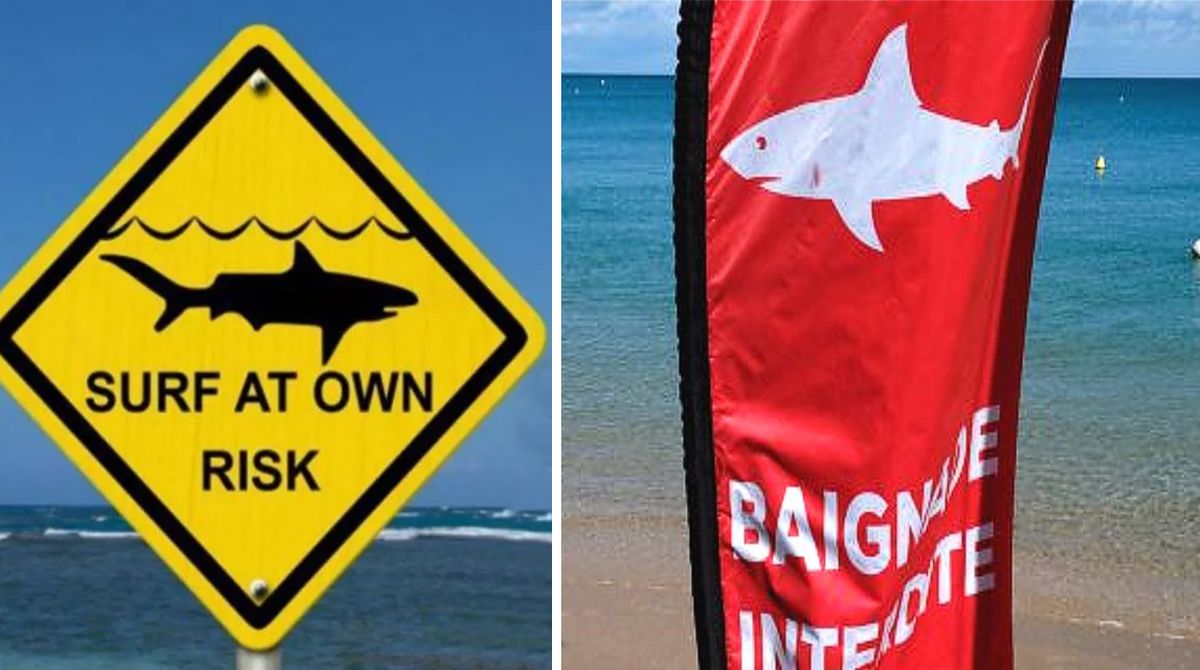Single swimmers who break away from the group put themselves at greater risk of being attacked by sharks. Although most shark bites occur closer to shore, lone swimmers are more vulnerable to marine predators. This opinion was expressed by experts who collect data on shark attacks.
Gavin Naylor, curator of the Florida Museum of Natural History’s shark bite database, noted that most shark attacks occur when swimmers are away from crowds. His recommendation, according to Yahoo News, is to swim in groups, as this approach reduces the risk of shark encounters.
Despite the bloody encounters with sharks, the expert assured, people often overestimate the risk of attacks by marine predators. According to their data, less than 10 people die annually from attacks by these creatures and the vast majority of sharks pose little threat to humans. However, caution should still be observed: it is recommended to follow safety rules on the beach, including swimming in the company of other swimmers and avoiding isolation in the open sea.
Jason Eagleton, an expert on unmanned aerial vehicles, also spoke on this matter. He confirmed that in the vicinity of Bondi, Sydney, Australia, where the water is teeming with sharks, most of them are peaceful gray nurse sharks, while attacks by great white sharks are rare. “For five years, I have seen only three whites in this area, the rest probably live at much greater depths. On the outskirts of Bondi, you can see them quite rarely, that’s for sure,” he said.

